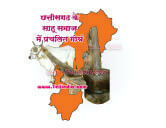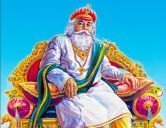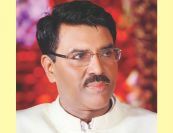Ganiga
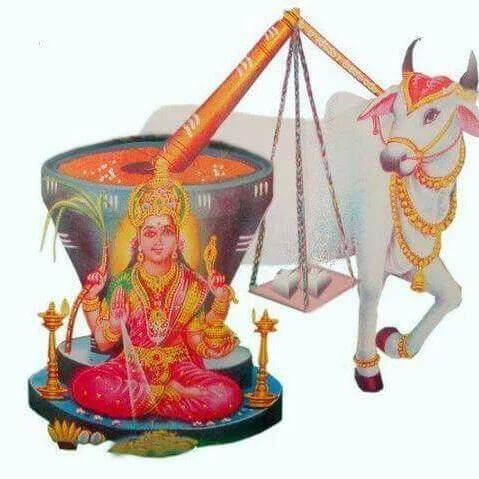 Ganiga is not Caste. It is purly Community was formed in the 17th century due to England Industry Revolution. The economic revolution in England and the tariff policies of the British also caused massive de-industrialization in other sectors throughout India and Mysore. For example, the import of kerosene affected the Ganiga community which supplied oils. This economic fallout led to the formation of community-based social welfare organisations to help those within the community to cope better with their new economic situation, including youth hostels for students seeking education and shelter Ganiga or Gandla is the name given to oil pressers in the Indian Mysore district .
Ganiga is not Caste. It is purly Community was formed in the 17th century due to England Industry Revolution. The economic revolution in England and the tariff policies of the British also caused massive de-industrialization in other sectors throughout India and Mysore. For example, the import of kerosene affected the Ganiga community which supplied oils. This economic fallout led to the formation of community-based social welfare organisations to help those within the community to cope better with their new economic situation, including youth hostels for students seeking education and shelter Ganiga or Gandla is the name given to oil pressers in the Indian Mysore district .
History ganiga
From ancient time in India, vegetable oils were obtained by crushing oilseeds in village, using an oil-press - or Ghana. A ganiga is a person who extracts oil using a Ghana and it has been considered now as a Caste in
ganiga Hindu religion.
In Sanskrit literature of about 500 BC there is a specific reference to an oil-press, or Ghanis, although it was never described (by Monier-Williams, M. 1899. A Sanskrit-English dictionary, Delhi, India, Motilal Banarsidass. Reprinted 1963). Ganiga People speak Kannada , Tulu, or Telugu as their mother tongue. Ganiga community have some Caste such as Shiva Jyothipana (Synonym: Jyothipana, Ontettu Ganigaru, Kiru Ganigaru),Jyothinagara (Synonym : Ayodhyenagaradavaru, Jodettu Ganigaru, Hegganigaru, Vaishya ganigaru, Nagartha, Namdhari), Sajjana
(Synonym: Lingayath), Sapaliga etc.
This community of oil extractors is known by different names in different States in India. They are known as Ganiga in Karnataka, Gandla (deva gandla, sajjana gandla), in A.P; as Vaniya Chettiar or Vaaniga vysya in Tamil Nadu ; as Teli in Maharashtra and in North India. All Ganigas does not come under Shudras: Ganigas (Jyothi Nagaras) in Karnataka, Andhra, Tamil Nadu have Rushi Gothram and can be considered as Vaishyas. They wear Janivar the sacred thread and are eligible for recitation of Gayathri and have rituals of Vysyas and Brahmins. The Noted persons of this community is Shri Janopakari Doddanna Shetty in Bangalore who have builtSLN Charities (Sree Lakshmi Narasimha Swamy Charities) which is opposite to Fort Bangalore(Market) and has Famous Kote Anjaneya Temple in front premises. The Other Institute is in Mulbagal Sree Sharadha Vidya Peeta built by Shapoor Krishnayya Shetty. and they have now ganiga ratna SRI SRINIVASA NARAYANA SHETTY, in bangalore who is working very hard for the unity of the community by providing free yearly scholorship and free books for the poor merritious students, and arranging free mass marriages for the poor, Government of Karnataka, Social Welfare Department, on 30 March 2002 issued Order No. SWD 225 BCA 2000 dated notifying Ganiga community as an Economically Backward Class under Category - II (A) Sl. No. 78. Castes listed under this category are (a) Ganiga, (b) Teli. In Maharashtra Ganiga community has been granted OBC (Other Backward Caste) Certification by the Govt. of Maharashtra in 2005. In the different states of India, they are called in different names - In Andhra, Ganigas are known as Gandla, and in which they are called devagandla or Sajjanagandla. In Kerala, Ganigas are known as Chekkala nair and Vaniya Chettiar. In Kasaragod district of Kerala and Dakshina Kannada district of Karnataka, they are known as Patali. Perne Muchilot Temple near Kumble is their place of worship.
In Tamil Nadu, They are known as Vaniya Chettiar. There is no relation between Reddy gandla and ganiga, as reddy gndla is a sub caste of reddy group. In Gujarat, They are known as Gaanchi/Teli Mr Narendra Modi CM of Gujrath is member of this community.
Ganiga people mainly live in different parts of Karnataka and Andhra Pradesh. In South Karnataka Ganiga people mainly speak Tulu. Ganiga people are living the following districts of Karnataka, India - Bijapur, Bagalkot, Davanagere, Ballery, Belgaum, Bangalore, Bhadravati, Chikamaglur, Chintamani,Gadag, Gulbarga, Hassan, Haveri, KGF, Kolar, Mulbagal, Mandya, Mysore, Shimoga, Tumkur, Tiptur Udupi, Uttara Kannada. Besides Karnataka, Ganiga community settled in some parts of Mumbai, Chennai, Delhi, Goa, Hyderabad and many other cities in India.
In overseas countries members of Ganiga Community have settled in the USA (Christian ganiga & Hindu ganiga), Canada (Christian ganiga & Hindu ganiga), UAE (Muslim ganiga & Hindu ganiga), Pakistan (Muslim ganiga), Indonesia (Muslim ganiga), Africa (nigro ganiga), China (Chinee ganiga) and India (Muslim ganiga & Hindu ganiga) many more ganigas all over the world. Deprived of this age old profession continued for generations, Gandla community found their way in business such as setting up of shops, hotels, agriculture, politics.etc. Enterprising Ganiga entrepreneurs set up many Udupi Hotels in Bangalore and other prominent cities in Karnataka. Some took up odd jobs to meet both the ends where some are very good settled. Many remained economically backward even after 60 years of independence, due representations were made from time to time to the successive governments. .
Ganiga is also called as ghanchi in Gujarat, Maharastra, and other northern India, and there are Muslim ghanchi in India and Pakistan, and isreal ghanchi called as bene isreal, settled in Mumbai.
 संत संताजी अध्यासन - तेली समाज
संत संताजी अध्यासन - तेली समाज
 महाराष्ट्र तेली समाज
महाराष्ट्र तेली समाज
 जय संताजी, तेली समाज
जय संताजी, तेली समाज
 तेली समाज You Tube
तेली समाज You Tube
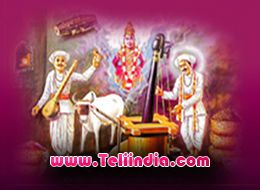 Sant Santaji Maharaj Jagnade
Sant Santaji Maharaj Jagnade संत संताजी महाराज जगनाडे
Top News



